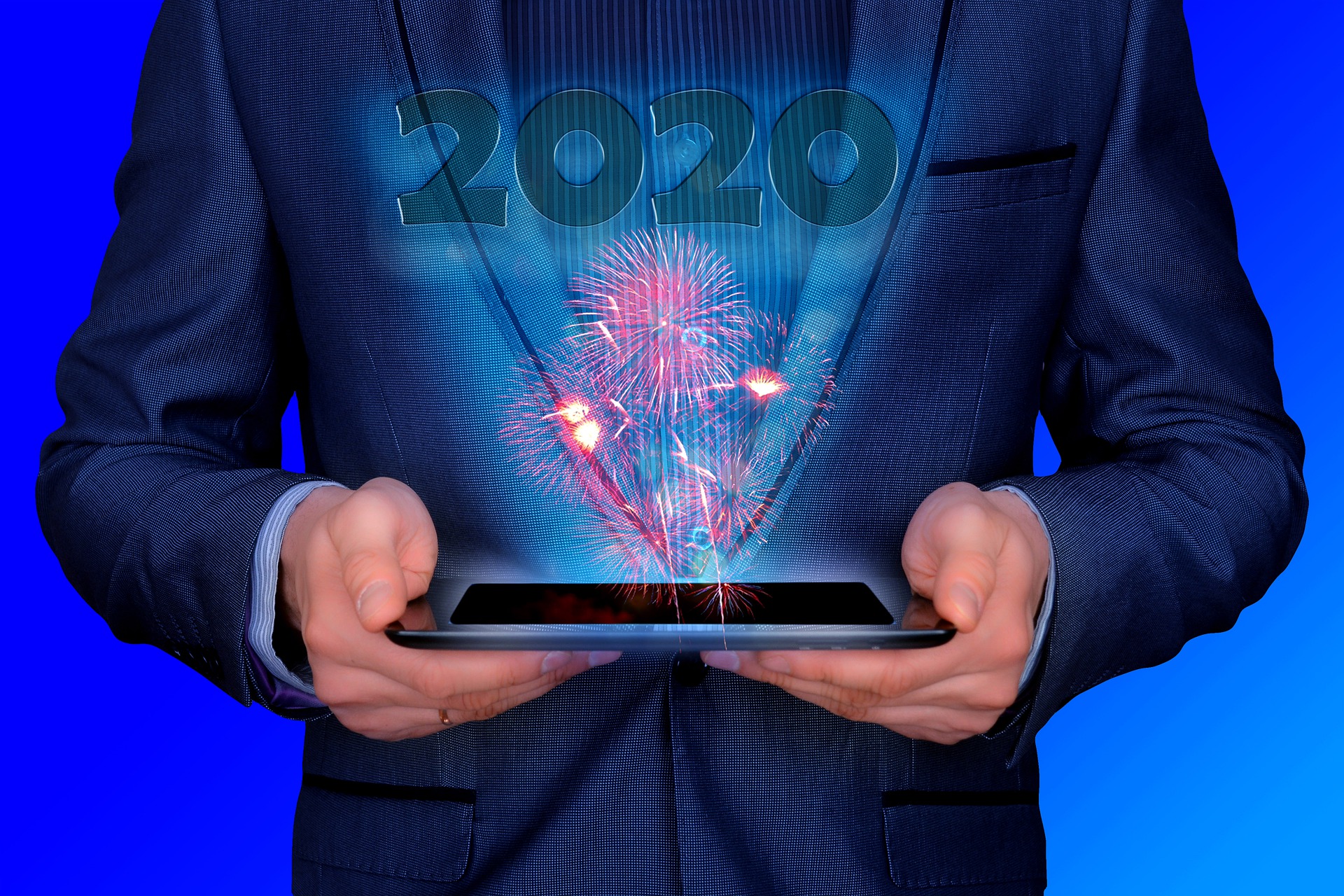Five Market Research Trends That Will Dominate 2020
Consumer Goods

As we’re quickly approaching the end of the year, it’s the best time to move ahead at where we’re going and the marketing trends we’re likely to see more of in 2020. Below is the article where we will come to know what we can expect marketing to evolve on a strategic level, and in this, we will be looking in more detail at some of the specific trends to look out for.
1. Customer Experience
2020 will be the year of the customer. We’re seeing a major shift in faith about what marketing actually is. It’s no longer about trying to convince people to buy from or work with your company. Instead, the priority has moved towards providing fantastic customer experiences that will keep people coming back for more. In a sense, when you focus on building a positive business culture and providing great service, the marketing almost takes care of itself.
The development of online content has given consumers more power. They are no longer an unresisting party when it comes to learning about results. They’re not waiting for you to tell you how great your products are. Instead, they’re going out and doing their own research.
2. Employee Commitment
If systematic and friendly service is the keystone of great customer experience, how do we ensure we are providing this? It is of course, is in your employees. Your employees are the human face of your brand, so concentrating on interactions between your employees and your customers should be a key part of your marketing strategy.
When you’re turning the responsibility of creating a great customer service over to your employees, you need to make sure that they want your business to succeed as much as you do.
The key to this is building a solid foundation of employee engagement and taking steps to ensure every employee understands and is aligned with your brand mission and values.
You can’t expect your employees to care about your customers if they’re not happy at work and don’t really believe in what you’re doing as a business. So achieving a high level of employee engagement is the first and most important step in improving customer experiences.
3. Visualization
With an explosion of smart speakers and voice search in recent years, you’d be forgiven for thinking that “readable” content is more important than visuals and design these days.
While advancements in voice search are certainly influencing the way that we’ll create content now and in the future, you shouldn’t neglect visual content either.
Research has proven that people favor visual content to plain text. You just have to look at the growth of image-focused platforms Pinterest and Instagram to see the proof of this.
Many other companies are also investing in visual search technology. Images are already returned for 20% of searches on Google, and 61% of millennials say they are more interest in visual search than any other new technology.
Visuals are also easier to remember than written content. Adding data visualizations, infographics, images, and videos to your text not only makes it more interesting and attractive, but it can help your message to be absorbed better too.
4. Personalization
Increased data collection and development in technology have already had a huge impact on the level of personalization that is possible and on what consumers expect from their interactions with brands.
Today’s consumers are flooded with marketing messages from multiple channels to the point where they have started to tune them out. Traditional advertising is losing its effectiveness.
80% of consumers said that they’d be more likely to do business with a brand that provides a personalized experience, as per a survey by Epsilon.
Marketing personalization is no longer limited to automatically changing the name of the person you’re addressing in your email newsletters. Improvements in technology such as AI combined with increased data collection and insights from social media and other sources have made it possible and easy to hyper-personalized everything from content to design to product recommendations and everything in-between.
5. Planned Marketing Changes
When you’re reading about up-and-coming trends in an article like this, it’s all too easy to think that being successful in marketing can be simplified to following a list of best practices and making sure you’re using the latest techniques and technology.
Strategic marketing transformation is the term used to describe the process when a business operating without a strategic marketing plan evolves by changing its fundamental business processes and procedures.
Businesses achieve these benefits through a combination of data collection, using modern technology, building customer relationships and engaging with customers online, publishing quality content, and improving their online presence. All of these things are part of the underlying strategy that influences every department and employee in the company, not just the marketers.





